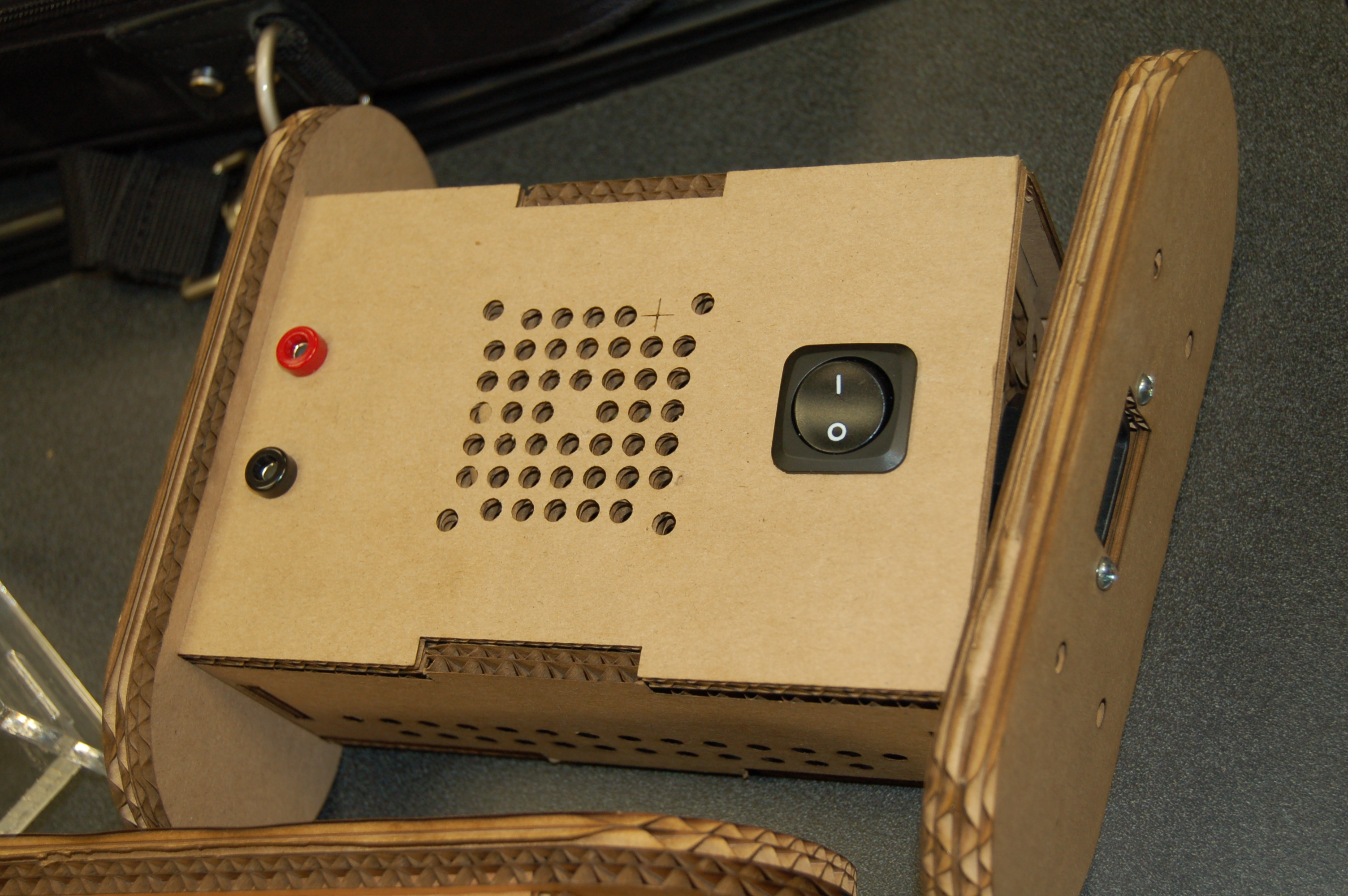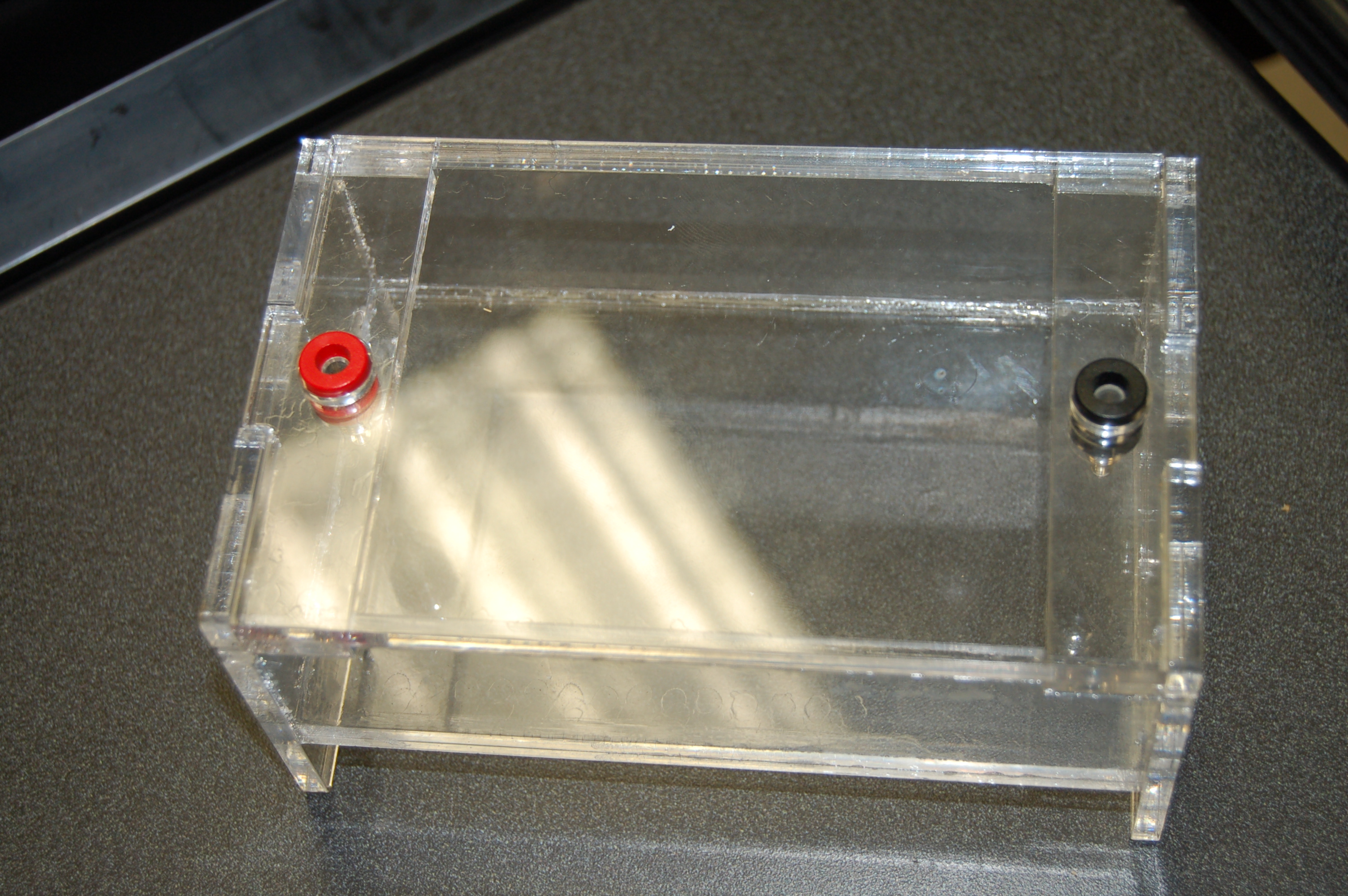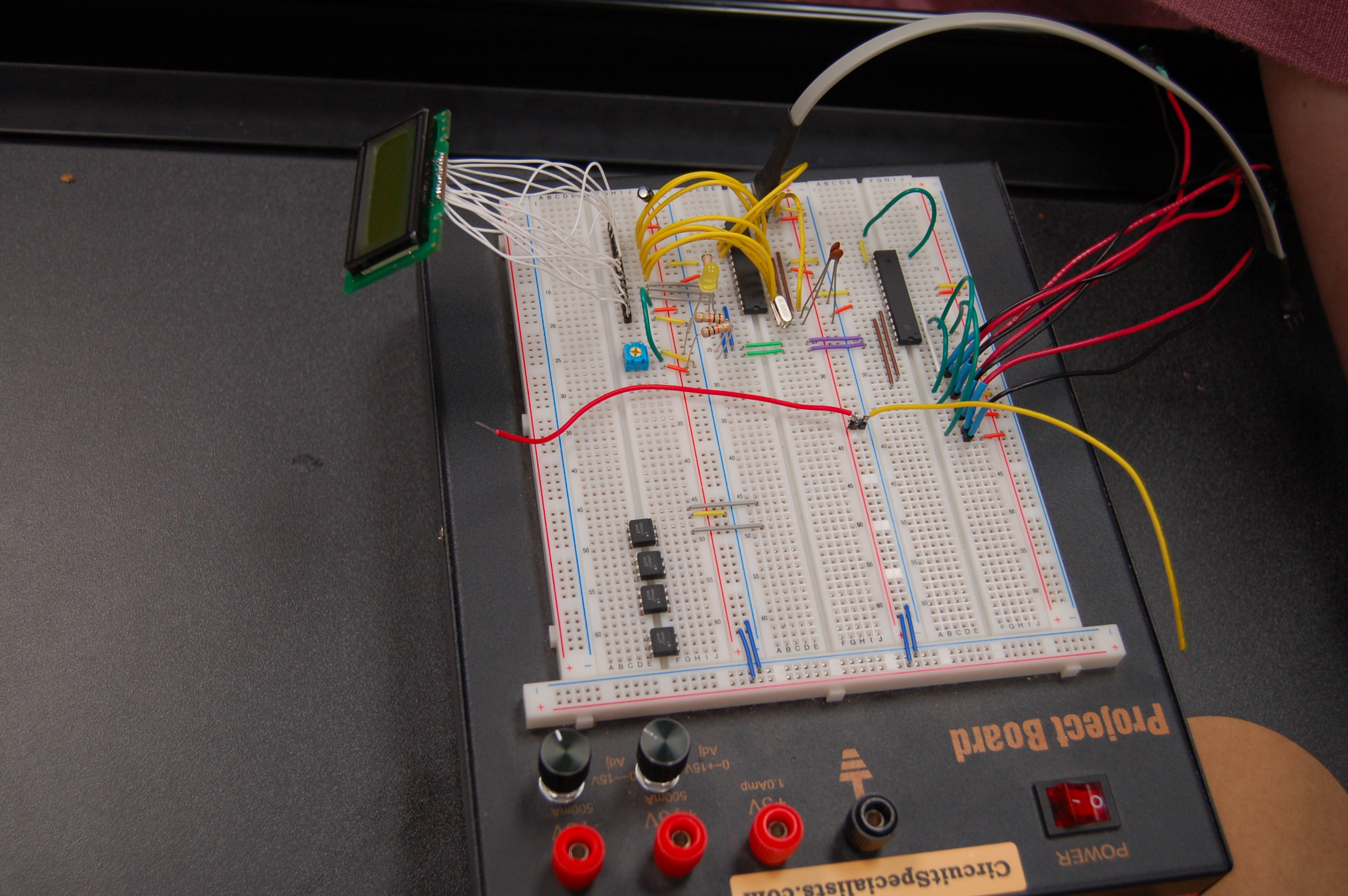Team:Baltimore US/Project
From 2010.igem.org
(→PoliColi Project Details) |
(→PoliColi Project Details) |
||
| Line 84: | Line 84: | ||
2601 GCTCTCCGCC AAGGAGTGAT ACCACC<br> | 2601 GCTCTCCGCC AAGGAGTGAT ACCACC<br> | ||
<br> | <br> | ||
| - | We took the above sequence from the provided link at BLAST and exported the SEQ into Plasma DNA. | + | We took the above sequence from the provided link at BLAST and exported the SEQ into Plasma DNA. Plasma DNA is freeware from University of Helsinki which provides quick analysis of plasmid sequence information. http://research.med.helsinki.fi/plasmadna/ |
| - | Plasma DNA is freeware from University of Helsinki which provides quick analysis of plasmid sequence information. http://research.med.helsinki.fi/plasmadna/ | + | |
<br> | <br> | ||
| - | When we cut and paste this dna sequence into plasmadna and look at the output window, we are given a visual output of various coding information. Such as restriction sites found within the code. To consider a construct viable for a BbPart | + | When we cut and paste this dna sequence into plasmadna and look at the output window, we are given a visual output of various coding information. Such as restriction sites found within the code. To consider a construct viable for a BbPart we'll need to make certain that the standard restriction enzymes used with the system won't sheer the dna making it incomplete code. Searching for EcoRI, Xbe1, Sbe1, Pst1 sites will show whether the code is viable in an untampered state. <br> |
| - | we'll need to make certain that the standard restriction enzymes used with the system won't sheer the dna making it incomplete code. Searching for EcoRI, Xbe1, Sbe1, Pst1 sites will show whether the code is viable in an untampered state. | + | |
| - | <br> | + | ====Problem: PstI restriction site - Found @ 1717==== |
| - | + | ||
CTGCAG-PstI restriction site<br> | CTGCAG-PstI restriction site<br> | ||
GACGTC-Complement<br> | GACGTC-Complement<br> | ||
| - | + | Solution - Site-specific Mutagenesis by Overlap Extension (see Sambrook, Joseph; Russell, David W. ; Molecular Cloning: A Laboratory Manual, 3rd Edition - http://www.cshlpress.com/default.tpl?cart=1279686078181232350&fromlink=T&linkaction=full&linksortby=oop_title&--eqSKUdatarq=21) | |
| - | + | ||
| - | + | ||
| - | Sambrook, Joseph; Russell, David W. ; Molecular Cloning: A Laboratory Manual, 3rd Edition - | + | |
<br> | <br> | ||
We then used the Gene Designer 2.0 freeware from DNA2.0 (https://www.dna20.com/genedesigner2/) - to analyze the Open Reading Frames. It shows us the Amino Acid codons that were being coded within that PstI Restrictions site. We find that the first three are coding for Leucine with CTG and can be changed at one point to CTT and still maintain Leucine's amino acid. The hope is that this will maintain functional integrity in the manufactured enzyme.<br> | We then used the Gene Designer 2.0 freeware from DNA2.0 (https://www.dna20.com/genedesigner2/) - to analyze the Open Reading Frames. It shows us the Amino Acid codons that were being coded within that PstI Restrictions site. We find that the first three are coding for Leucine with CTG and can be changed at one point to CTT and still maintain Leucine's amino acid. The hope is that this will maintain functional integrity in the manufactured enzyme.<br> | ||
| - | + | ====Design 2 Primers=== | |
| - | + | ||
(11-14 Bp around chosen mutation) with changed Amino Acid Bp's Targeting initial Leucine at G of CTG to CTT<br> | (11-14 Bp around chosen mutation) with changed Amino Acid Bp's Targeting initial Leucine at G of CTG to CTT<br> | ||
<br> | <br> | ||
Revision as of 04:49, 27 October 2010
| Home | Team | Official Team Profile | Project | Submitted Parts | Modeling | Notebook | Meeting/Lab Times | Safety |
|---|
|
DIY-GEM: a path towards low cost high throughput gene synthesis.Synthetic biology research requires more cost effective approaches toward reagents and hardware accessibility. We are developing low-cost alternatives to existing hardware and enzymes in an attempt to expand participation in biological research and development. Our project expands the accessibility of Taq Polymerase by engineering it in a form compatible with BioBrick assembly. This allows use of the over-expressed enzyme from a crude bacterial extract in a PCR reaction at a fraction of the cost of highly purified commercial enzyme. In addition, we have developed inexpensive and easily assembled lab equipment such as a gel electrophoresis apparatus and a PCR thermal cycler. Enabling researchers to synthesize their own enzymes and having access to inexpensive tools will allow for increased participation among the DIY-bio community, stretch increasingly scarce educational funds, and allow rapid scale up of large scale gene synthesis projects." PoliColi Project DetailsThermus Aquaticus Polymerase I 1 AAGCTCAGAT CTACCTGCCT GAGGGCGTCC GGTTCCAGCT GGCCCTTCCC
Problem: PstI restriction site - Found @ 1717CTGCAG-PstI restriction site =Design 2 Primers(11-14 Bp around chosen mutation) with changed Amino Acid Bp's Targeting initial Leucine at G of CTG to CTT * - Point mutation Original G in CTG of Leucine. Change of one base to CTT maintains Leucine integrity. GTGGAGAAGATCCT(T)CAGTACCGGCGG
Part 2The ExperimentsWe began the first few weeks meeting to orient ourselves with the structure of the Registry. Part 3Results |
 "
"



